Faculty Directory
Our Faculty has grown to over 100 exceptional researchers focused in a variety of research specialties

Research interests include genetic network mapping in yeast and human cells, using systems biology approaches that include single cell image analysis.

We study the regulation, function and evolution of RNA networks with critical roles in development and disease.

Using the fruit fly to study the development and function of the nervous system and establish models of human disease.

My lab investigates the roles of PIPs using molecular genetics in the fruit fly and the roles of long noncoding RNAs in sperm development.

We utilize zebrafish precision models of disease to discover novel genetic causes, pathogenic mechanisms and therapies; a current focus is scoliosis.

We study how small RNA pathways related to microRNAs and RNA interference regulate gene expression during animal development.

Our research aims to develop treatments for rare inherited diseases using novel gene editing and gene modulation technologies.

We study mechanisms underlying neuronal development and function in behavioral and mood disorders using genetic, molecular, and cellular strategies.
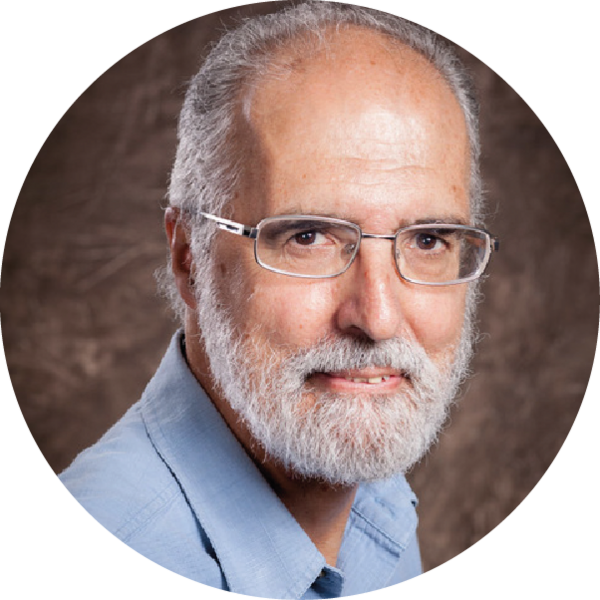
My laboratory is focusing on the mechanisms underlying the ability of various stress factors to rescue cell migration defects in C. elegans mutants

We investigate the epigenetic mechanisms controlling development of the cardiovascular system, and how they are disrupted to cause disease.

We study the role of nutrient transporters, in signalling and metabolic homeostasis.

Mechanisms of cell fate specification, epigenetic inheritance, paediatric diseases models such as cerebral cavernous malformation and neuroblastoma.

We use zebrafish and human stem cell models to study genetic liver disorders and novel mendelian diseases.
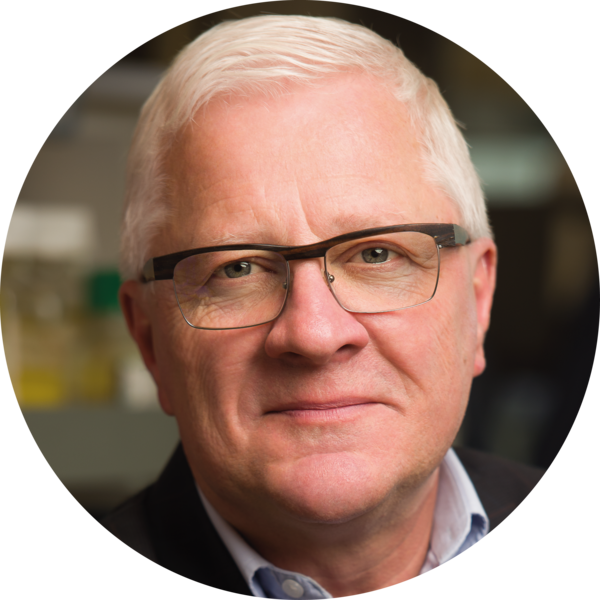
Dick’s research focuses on hematopoietic and leukemic stem cells, providing insights into human blood development and leukemogenic origins.

Our lab is interested in applying stem cell biology to the study of brain cancer.

Our lab seeks to understand the pathogenic mechanisms of and develop therapies for childhood muscle diseases.

We use mouse models of human breast cancers to define mechanisms behind metastatic dissemination and develop new combination therapeutic strategies.

We aim to discover basic mechanisms that control gene expression and epigenetic reprogramming and apply this knowledge through induced pluripotent stem cells
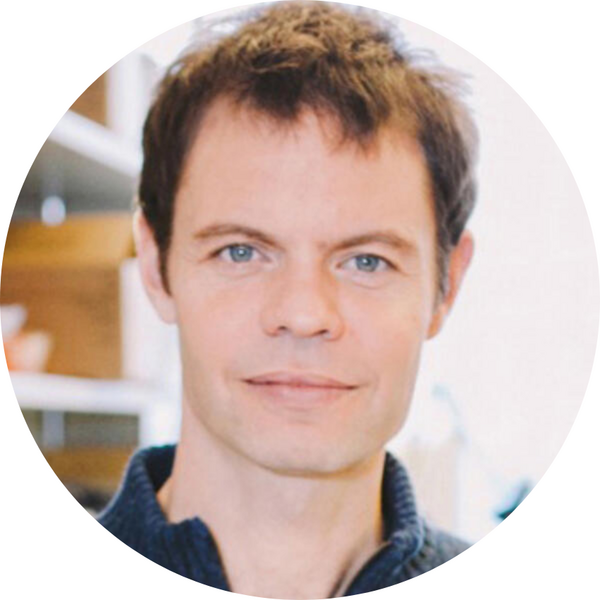
The Fraser Lab uses systematic approaches in C. elegans to probe basic problems in genetics

Our research focuses on using precision zebrafish models of human cancer to understand mechanisms related to tumor growth, relapse, and metastasis
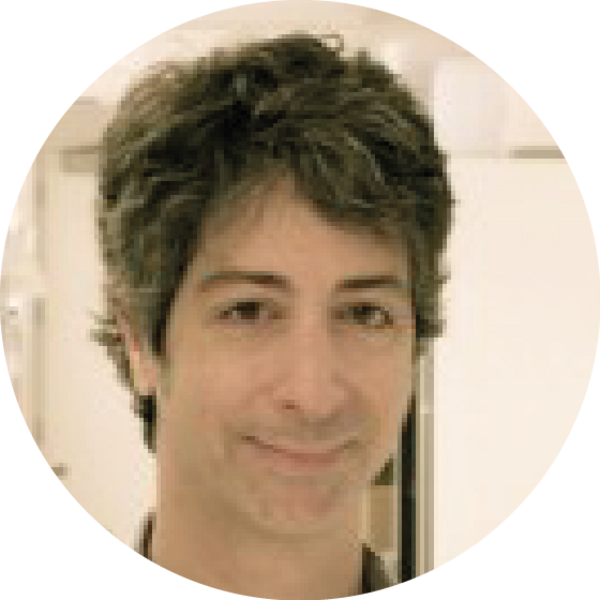
Our lab is most interested in how embryonic structures are shaped during development. We focus on the early limb bud and branchial arch as models of growing 3D structures.

We do curiosity-driven research to discover brain tumor vulnerabilities at the interface of cancer biology, neuroscience, and mechanobiology.
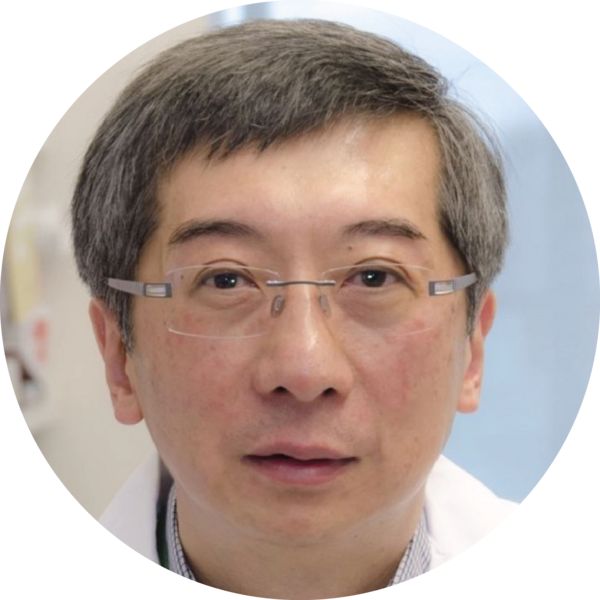
My research focuses on the roles of Iroquois homeobox genes and Hedgehog signalling in development and disease.

We use integrated genetic and imaging approaches to understand how mitochondria influence development, differentiation and inheritance.

The Kalish Lab seeks to understand how pregnancy and early life experience shape neurodevelopment and plasticity.

How stem cells build and maintain the brain and discovering drugs and growth factors that mobilize these cells to repair the injured brain and skin.

Our lab investigates the gut stem microenvironment in development, stem cell homeostasis and disease such as inflammation and cancer.

Our lab is using live animal (Drosophila and zebrafish) and genome-scale approaches to understand biological processes.

The Lefebvre lab’s studies neural circuit formation in the brain and retina, in the context of normal development and neurodevelopmental disorders.

We study human brain development and diseases using stem cells derived neural cells and organoids.

Role of RNA-binding proteins in post-transcriptional regulation of gene expression in development and disease.

We study regulatory functions of the non-coding genome by focusing on lncRNAs, inter-chromosomal contacts, and genome organization.

We study new innate immune systems that we have discovered to prevent the pathogenic over proliferation of an RNA virus that infects budding yeast.

We develop and apply genome-scale perturbation technologies to explore genotype-phenotype relationships in human and mouse cells for target discovery.
